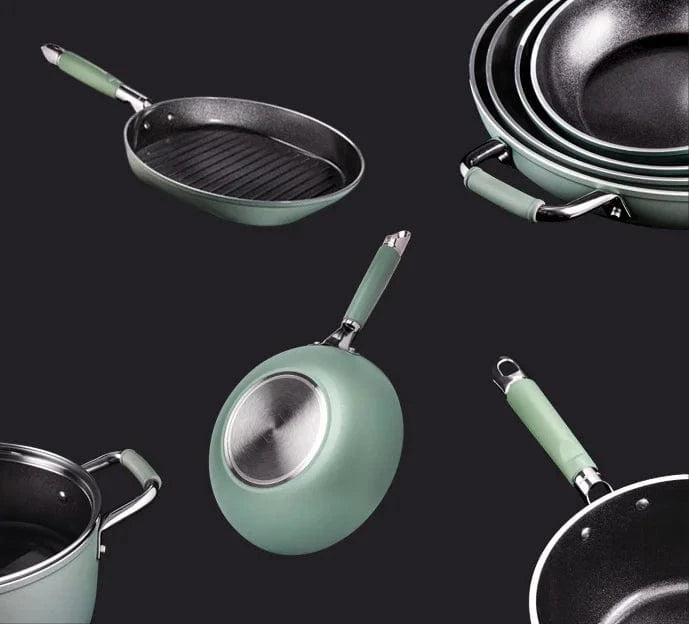
Safe children in the kitchen in 5 steps
Do you have young children at home? Discover with us how to keep your kitchen safe, to transform it into a fun place where children can learn and experiment, safe from danger.

Child safety in the kitchen: why is it important? Harmlessness and beyond
All responsible adults care about the safety of little ones. It's a feeling that pushes them to set up the spaces used by the family so that they are as free as possible from danger, and in which the child can move in a way that enables calm and confidence.
But the safety of the home, and in particular of the kitchen – where, between hobs, plates, knives, and various equipment, the risks are constantly lurking – does not only have repercussions on the protection from any situation of danger. The kitchen is in fact an environment full of stimuli for the little ones, an important gym for the development of manual skills, reasoning and sensory activity from a range of angles, and it is a positive factor that the child has the opportunity to participate in the daily activities that take place there.
Making sure that our children and grandchildren can experience the kitchen as a carefree and cheerful place therefore means offering them a fundamental boost to their growth, and therefore setting up the space safely is a winning choice from many points of view.

Children and safety in the kitchen. Our tips for a child-proof environment
Let's now take a look at 5 tips to prepare a safe, childproof kitchen:
1) Knives, dangerous equipment and cleaning products should be kept out of reach
Knives, graters, potato peelers, mandolins and anything with a blade must be stored out of the reach of children. The same goes for cleaning products, medications, and prohibited foods (e.g., mushrooms in the case of young children).
Getting organised is simple: identify a locker located high up and store everything that a child should not handle. You can also add to your efforts with drawer locks, but beware: as the child grows, he or she will become more and more skilled at overcoming them.
2) Safety systems for gas, induction hobs and ovens
Both gas and electric hobs and modern ovens are generally equipped with a locking function to prevent the little ones from accidentally switching them on. Check the instruction booklet to find out how to activate the safety system, or if you are buying appliances that have been verified, check that they have this function.
3) Cover any sharp edges
Especially in the presence of newborns, minimising the number of sharp edges is absolutely essential. Furniture, tables and anything with sharp corners must be protected with special fenders in order to avoid serious damage resulting from the inevitable falls to which young children are prone.
4) High chairs, learning towers and adaptable chairs: watch out for accidental falls!
High chairs, Montessori towers, and adaptable chairs as well as traditional chairs can also pose a danger to children: just a little oversight on the part of the children (or their parents) or a seemingly innocent push against the table... and a tumble results!
Let us therefore remember to use the safety belts for the high chairs, to position the chairs so that the child cannot push backwards, and above all to never leave the child unattended.
5) Beware of cables and electrical outlets
Cables and electrical outlets represent another great pitfall for parents and grandparents. If it is true that the sockets today are equipped with a safety system and that it is possible to use the covers; it is good to know that it takes very little to trigger a serious domestic accident: as for the cables, for example, it is not unusual for children to start tampering with the wires as they grow, which can cause shocks.
It is therefore very important to keep children away from electrical outlets and cables, and even before doing so, to ensure the conformity of the electrical system, with regular grounding.
Once the sources of risk have been avoided... have fun in the kitchen, for the whole family!




